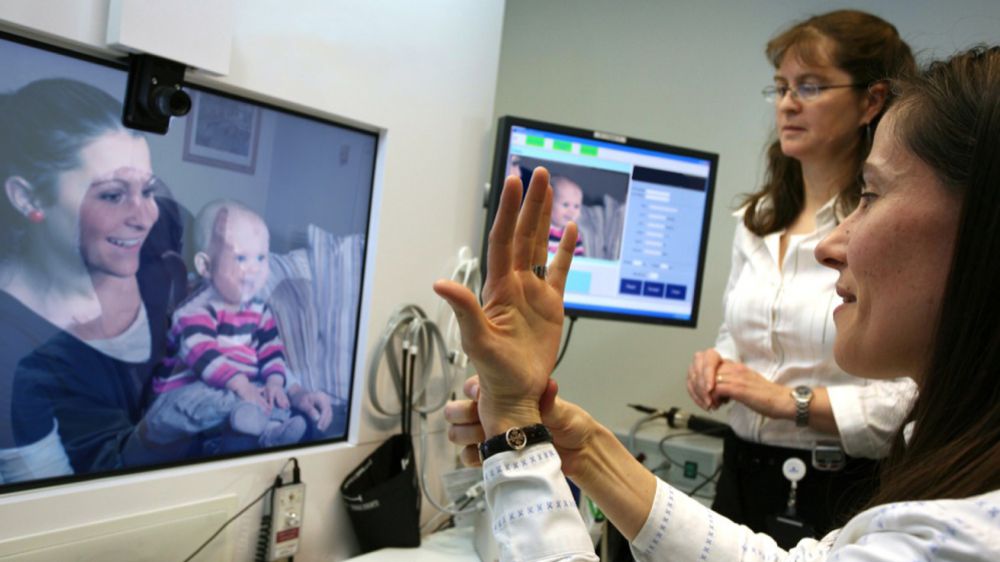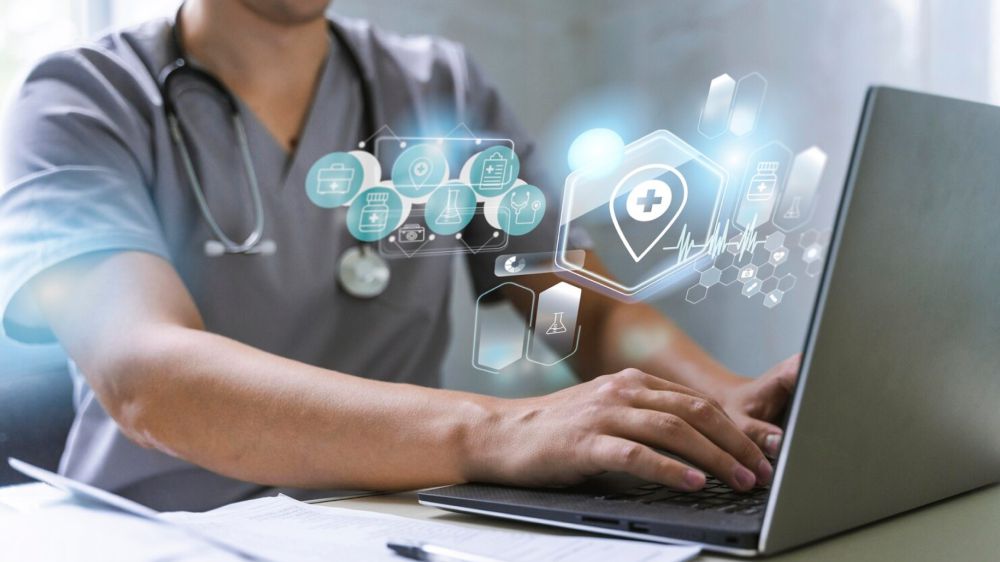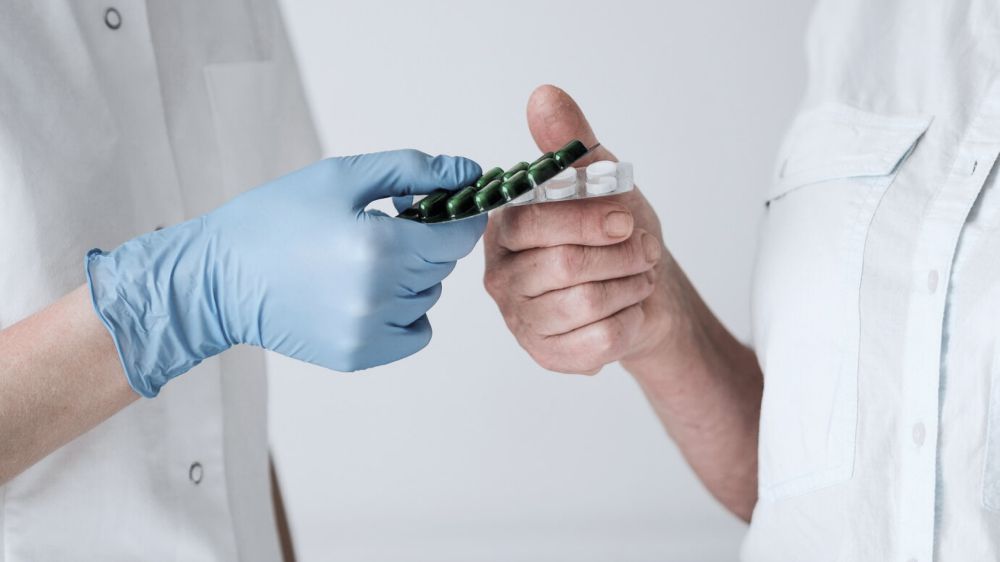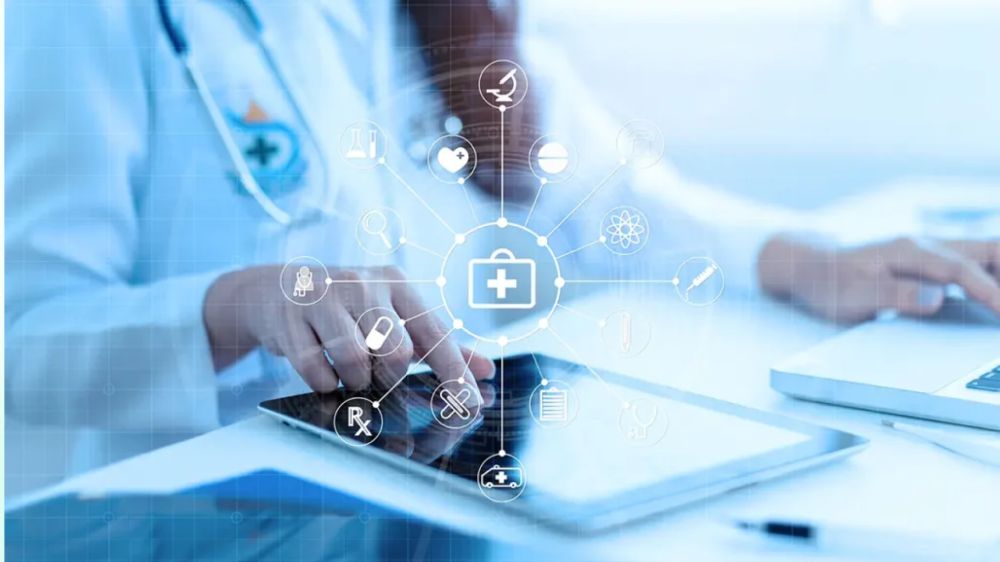Imagine a world where a smartwatch detects a life-threatening condition before symptoms appear. This is not just the future—it’s happening now, as smart medical devices revolutionize healthcare.
In 2024, the global smart medical devices market is projected to reach $90.55 billion, with a compound annual growth rate of 12.84% anticipated from 2025 to 2030. The surge in chronic illnesses, an aging population, and the growing demand for home-based healthcare solutions drive this expansion. And advanced technologies like IoT and AI are continuously redefining the capabilities of medical devices, establishing their crucial role in modern healthcare.
In this article, we deep dive into five transformative applications of smart medical devices that are changing how we manage health and wellness.
1. Remote Patient Monitoring and Automated Healthcare Systems
Remote patient monitoring (RPM) is becoming an essential part of daily life, with devices such as Apple Smart Watches and fitness trackers enabling individuals to track key health metrics. Metrics like heart rate, blood oxygen levels, and irregular heartbeats are now easier to monitor, offering users valuable insights into their health. The data collected also provides healthcare providers with detailed information about patient health patterns, supporting better decision-making and personalized care plans.
Advanced technologies, such as smart rings, further enhance health monitoring by capturing precise data directly from the user’s fingertip. Smart rings integrate with smartphones to ensure comprehensive data collection, which healthcare professionals can access for ongoing monitoring. Additional innovations, including biosensors, connected inhalers, ECG monitors, and blood pressure monitors, are empowering more proactive healthcare.
Leading healthtech organizations, like KMS Healthcare, are increasingly leveraging this application. We’ve partnered with HealtheMed to create an innovative digital care system that integrates smart medical devices like TV applications, Bluetooth-enabled devices, etc. to maximize remote patient monitoring capabilities.
Learn more: Renovating HEALTHEMED’s Digital Care System with KMSH Software Engineering Team
2. Telehealth and Remote Care
Smart medical devices have transformed telehealth by enabling real-time health monitoring during virtual consultations. Wearable technologies such as smartwatches and biosensors provide data on vital signs, including heart rate, blood pressure, and oxygen levels. Healthcare providers can access these pieces of information remotely to create personalized treatment plans while responding quickly to critical changes in patient conditions.

The integration of connected medical devices into telehealth platforms has also improved chronic disease management. Patients with conditions like diabetes or cardiovascular issues can track health metrics and share them with doctors automatically. This reduces the need for in-person visits, enabling proactive treatment adjustments, and improving care quality in remote settings.
By bridging the gap between patients and providers, smart medical devices are making telehealth more effective, accessible, and integral to modern healthcare delivery.
3. Connected Emergency Response Solutions
Connected emergency response solutions are setting a new standard in critical care by improving communication and response times during life-threatening situations. Real-time data sharing between ambulances, doctors, and emergency departments ensures seamless coordination, allowing medical teams to work more effectively during emergencies. Features like video calls from ambulances enable doctors to guide treatment while patients are still in transit, significantly improving the chances of survival and recovery.

Moreover, the ability to transmit patient histories, vital signs, and current conditions to hospitals before arrival makes a huge difference to the admission process. Medical teams now can receive essential health information in advance, enabling faster and more informed decisions upon the patient’s arrival.
These advancements in connectivity are transforming emergency care, making it more responsive, efficient, and capable of saving lives when every second counts.
4. Smart Hospital Management
Smart hospital management is transforming healthcare facilities by leveraging advanced technologies to enhance efficiency and improve patient care. Digital systems play a crucial role in tracking critical data such as bed occupancy, equipment status, and resource availability. For example, IoT-enabled devices monitor medical equipment to detect potential malfunctions, minimizing downtime and ensuring essential tools are always available when needed.

To further accelerate these devices, the integration of IoT, AI, telehealth, AR/VR, mHealth, and blockchain is streamlining hospital operations while elevating the quality of care. For instance, IoT-based inventory systems automatically track and replenish medical supplies, ensuring readiness for emergencies. AI-powered analytics predict patient admission rates, enabling smarter resource planning and reducing bottlenecks in care delivery.
By incorporating these innovations, healthcare providers not only minimize errors and downtime but also establish a new standard for efficiency and quality in modern healthcare facilities.
5. Drug Delivery and Medication Management
Advancements in drug delivery and medication management are enhancing precision, safety, and accessibility in the life science industry lead-in smart insulin pens adjust doses automatically based on real-time blood sugar levels, offering more effective diabetes management and reducing risks associated with incorrect dosing. Automated medication dispensing systems ensure the accurate timing and dosage of medications, minimizing human errors and improving overall reliability in administration.

Emerging technologies are also addressing challenges in medication delivery to remote or underserved areas. For example, drones provide rapid transport of essential drugs during emergencies or to locations with limited access, ensuring timely treatments.

Why Your Healthcare Organization Needs Smart Medical Devices
Smart medical devices offer a wide range of benefits that can significantly improve healthcare delivery. Here’s why healthcare organizations should adopt these technologies:
1. Improved Care Delivery
Smart medical devices enable continuous real-time monitoring of vital signs, giving healthcare providers timely insights into a patient’s health. Early detection of irregularities allows for immediate intervention, which is crucial in critical situations where quick decision-making can improve survival rates and reduce treatment delays.
Real-time data analysis also enhances personalized care by tailoring interventions to individual patient requirements. Health data collected from smart devices enables healthcare providers to adapt treatments based on unique patient needs, leading to more effective and targeted outcomes.
2. Patient Empowerment
Smart medical devices give patients access to detailed health metrics, fostering a better understanding of their conditions. The ability to track health data such as blood pressure, glucose levels, or activity rates encourages individuals to take a more active role in managing their well-being.
These devices further empower the patient through collaborative decision-making. Patients with access to real-time health insights can actively participate in discussions with their doctors, leading to more informed and personalized care plans. This stronger patient-provider relationship drives better health outcomes.

3. Operational Efficiency
Automation driven by smart medical devices significantly reduces the administrative workload for healthcare staff. Tasks such as patient check-ins, data entry, and scheduling become more streamlined, allowing medical professionals to concentrate on direct patient care.
Smart medical devices also offer valuable operational insights, such as patient flow, equipment usage, and resource availability. Hospitals can leverage this data to optimize staffing, allocate resources more effectively, and reduce equipment downtime. In a broader context, these improved efficiencies across hospital operations translate to a better experience for patients and a more sustainable healthcare system.
4. Cost Savings
Early detection facilitated by smart medical devices helps prevent the escalation of medical conditions, reducing the need for costly treatments. For example, continuous monitoring can identify warning signs of chronic diseases before they require extensive interventions. By focusing on prevention and early management, healthcare organizations can lower long-term treatment expenses.
Streamlined operations supported by smart medical devices also contribute to financial benefits. Reduced readmission rates, optimized resource use, and enhanced preventive care lower operational costs without compromising care quality. These cost savings allow healthcare providers to maintain a high standard of care while improving financial sustainability, ensuring better outcomes for both patients and organizations.
Transform Healthcare with KMS Healthcare’s Smart Medical Device Solutions
Smart medical devices offer significant benefits in transforming healthcare by enabling proactive patient monitoring, improving treatment plans, and optimizing hospital operations. However, fully leveraging the potential of these devices requires the right expertise and seamless integration with existing healthcare systems.

KMS Healthcare provides end-to-end solutions to help integrate smart medical devices effectively, ensuring maximum impact and enhanced healthcare delivery.
- Custom Software Development: Creates bespoke software that integrates seamlessly with smart medical devices, enhancing their performance and usability in healthcare settings.
- Healthcare Data Analytics: Process and analyze data collected from smart medical devices, offering actionable insights to improve patient care and optimize treatment plans.
- Compliance and Security: Guarantee that smart medical devices comply with regulatory requirements while maintaining robust data security and privacy.
Contact us to schedule a free consultation and discover how they can enhance your healthcare systems.
FAQs
1. What are the most used medical devices?
Commonly used medical devices include stethoscopes for assessing heart and lung health, X-ray machines for detecting fractures and internal issues, and blood analyzers for detailed blood diagnostics. Blood pressure monitors track cardiovascular health, while urine analyzers help assess kidney and urinary tract function. Spirometers are used to test lung function, and ELISA readers detect immune responses. Each device plays a critical role in early diagnosis, monitoring, and treatment, contributing to effective healthcare delivery across hospitals, clinics, and other medical settings.
2. What factors affect the cost of developing medical device software?
The cost of developing medical device software is influenced by several factors, including the scope and complexity of the software’s features, the types of connected smart devices, and the connectivity technologies used, such as NFC or Bluetooth. Other contributing factors are the number of user roles, like patients and doctors, as well as operational expenses, including cloud storage and analytics services. Additionally, the hardware costs of the smart devices and their integration with IoT software play a significant role in determining the overall development cost.
3. What are the challenges of building smart medical device software?
Building smart medical device software presents several challenges. Protecting personal health information (PHI) from breaches is paramount, as compromised data can result in legal consequences. Ensuring data security involves compliance with regulations like HIPAA, along with encryption, user authentication, and strict access controls. Another challenge is preventing improper device usage, which can distort remote patient monitoring data. Effective collaboration and meticulous design are crucial to overcoming these obstacles and ensuring the software’s success.